Gardening For Pollinators - A Quick Guide
Previous PostBack in school, you must have learned a chapter titled 'Importance of Pollinators'. Let us jog your memory a little. Pollinators are tiny insects that move pollen from one plant to another to enable it to produce fruits and seeds.
Wasps, bees, butterflies, ants, insects, and beetles, are all pollinators. If you are a nature lover like us and make a conscious effort to live sustainably, you’ll love this guide on Permaculture.
If you spend your days and mornings walking in your beautiful gardens, you will realise the importance of pollinator plants. You will catch butterflies, bees, and moths jumping from one colourful plant to another, collecting nectar. The tireless efforts and work of these pollinators have kept plant life going on our planet forever. The best thing we can do to aid the efforts of pollinators is to plant a pollinator garden.
Why should we plan a pollinator garden?

From a butterfly to a humble flower fly, all the pollinators are responsible for supporting flowering plants and keeping most of the crop species going on our planet. Vegetables like pumpkins and zucchinis count on pollinators. One can only imagine the big wonders these little species perform. While catering to these pollinators seems intuitive, you can always use the little tips and tricks to make your gardens more fruitful for your flying friends.
Planting flowers that attract bees, blooming bushes that attract butterflies, replacing grass with native plants, and more such tips will help you put your pollinator garden plan in place. From filling your garden with nectar-rich flowers to planting native vegetables for attracting bees and butterflies.
Here are some of the flowering plants you can grow in your pollinator garden:
Dahlia

Bloom time: September to October
The delightful Dahlias are the shining stars of any garden. The plant results in huge blooms that attract butterflies and hummingbirds. Choose open varieties of dahlias such as simple single or double leafed, which are low maintenance and attract pollinators.
Lavender

Bloom time: August to September
Not entirely a herb or flower, this perennial fragrant plant is a must-have for attracting bees in your gardens. Lavender also helps in keeping the unwanted insects at bay and can be used to fragrance the home.
Bee Balm

Bloom time: July to September
Irresistible to bumblebees, butterflies and native bees, this pollinator superstar is a must-have in your gardens. The bee balm flower has a daisy-like shape with petals in shades of red, pink, purple, and white.
Sunflower

Bloom time: July to October
Sunflowers are perfect for attracting birds as well as insects and are popular amongst seed-eaters. Summers are incomplete without beautiful sunflowers.
Dandelions

Bloom time: Spring season
Dandelions are rich in both pollen and nectar and are popular amongst hoverflies and bees. It is one of the easiest and hardiest plants to attract beneficial pollinators.
Marigold

Bloom time: Spring to Fall
Marigolds have tremendous value for beneficial pollinators like bees and ladybugs. The long-flowering season of these flowers makes them ideal to be planted as companion plants for all kinds of vegetables.
Chamomile

Bloom time: April to June
The daisy like blooms of chamomile are popular as base for many soothing teas and tinctures. But did you know your friendly pollinators like bees, butterflies and ladybugs also love to soak up in the sweet nectar of these herbaceous annual plants.
Borage

Bloom time: Late spring through summer
Borage flowers are shaped like stars and are also called starflowers. Borage has sweet nectar which turns it into a paradise for honeybees and bumblebees. All the parts of this plant, be it seeds, leaves or flowers, are edible and are used in culinary and herbal applications.
Nasturtium

Bloom time: October to November
Not only do nasturtiums make for a great edible flower in all kinds of salads, their incredibly sweet nectar makes them ideal for pollinators. The long spur of the flower makes it easy for pollinators to reach the nectar and the pollen can also be easily collected.
These blooms may look delicate but they play a vital role in maintaining our ecosystem balance. You can also add some native vegetables to your pollinator garden. Not only will you appreciate the harvest but the beneficial insects in your garden will also enjoy the variety.
Now that you’re aware of the flower power, grab high-quality heirloom flower seeds on AllThatGrows and get started with your pollinator garden today!




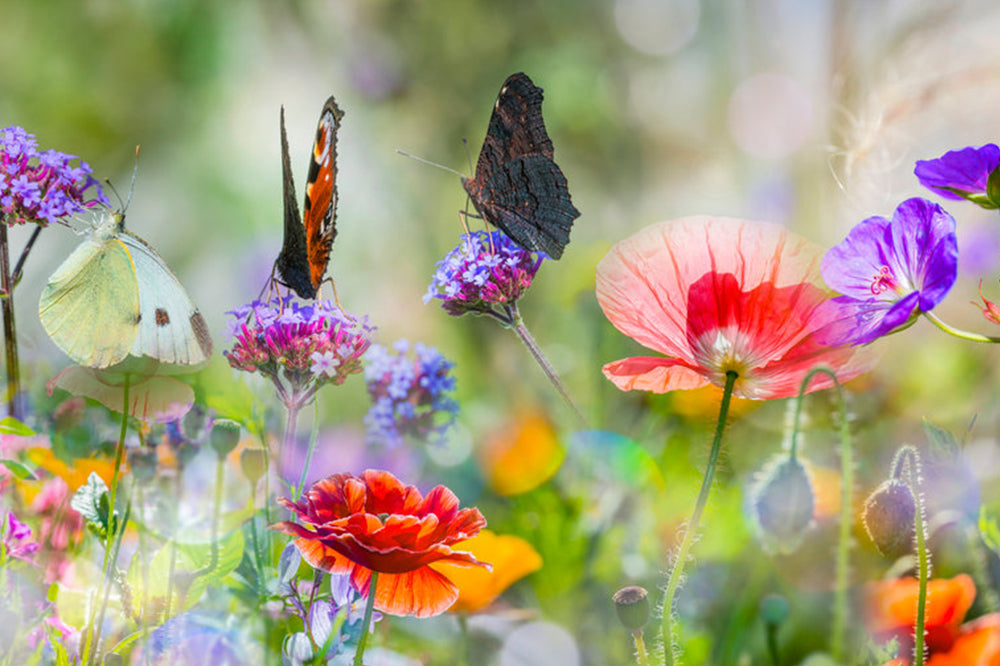
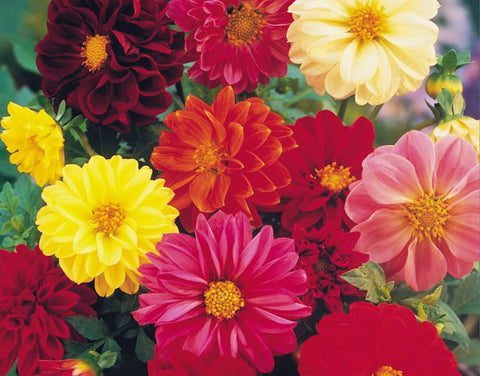
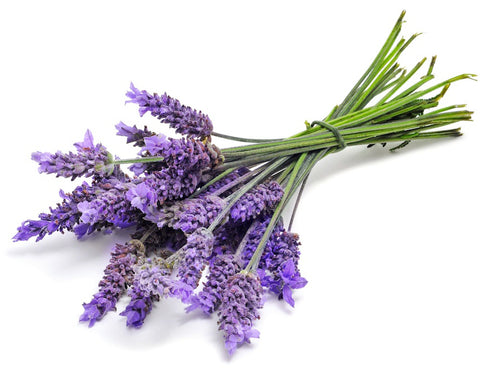
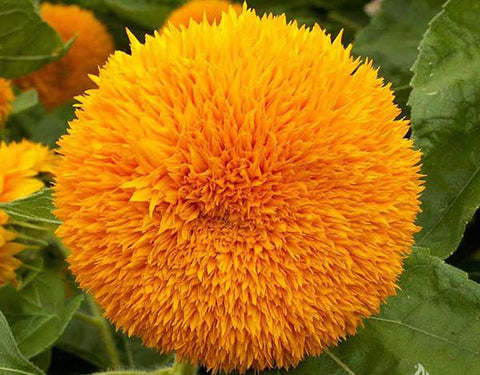
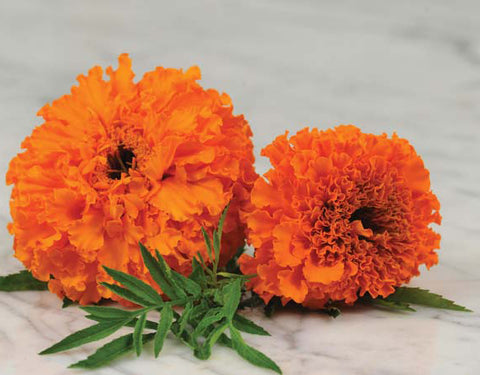
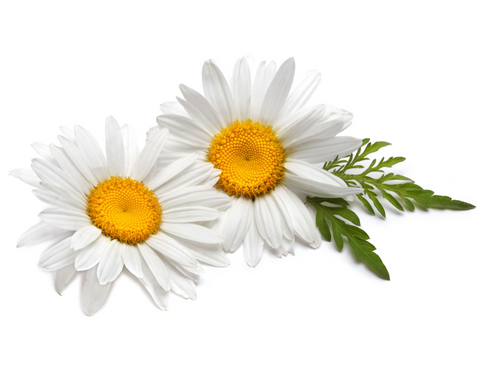
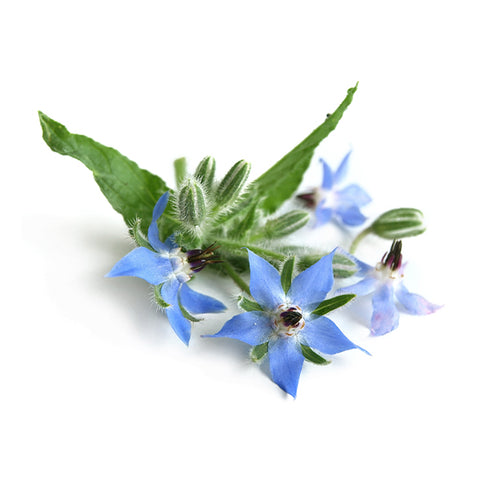
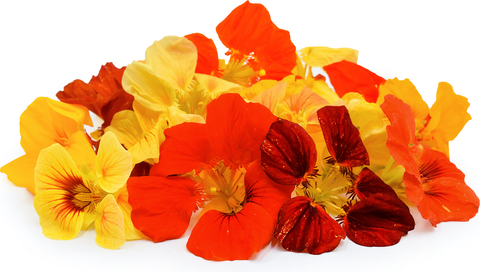
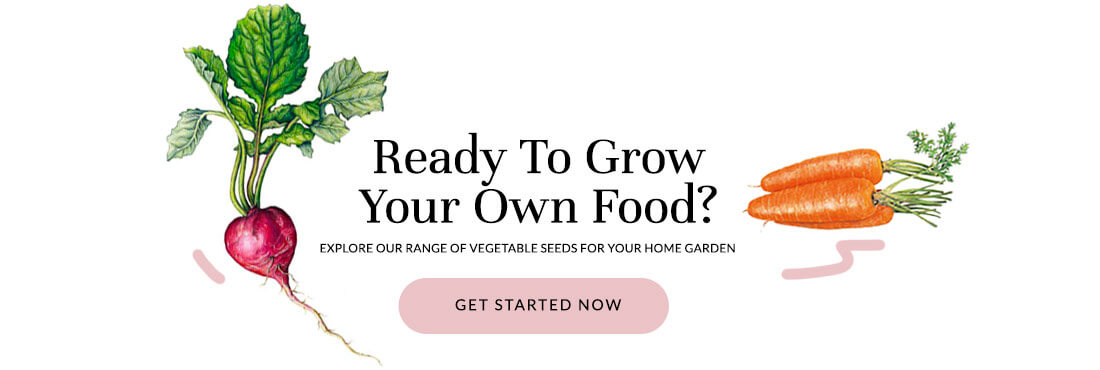
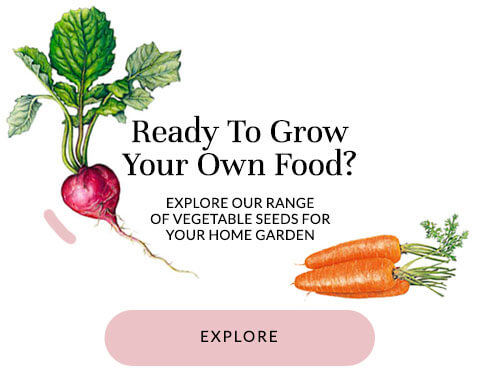
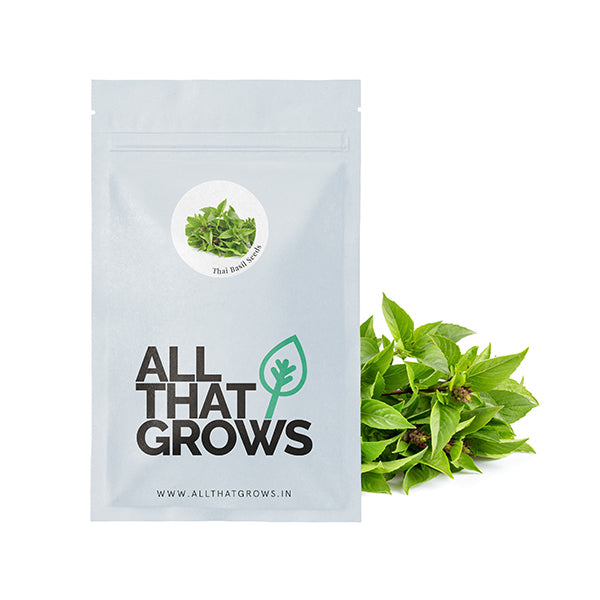
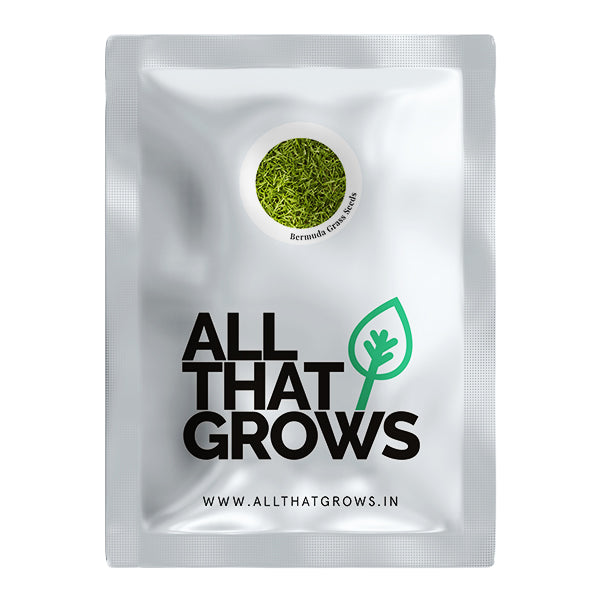
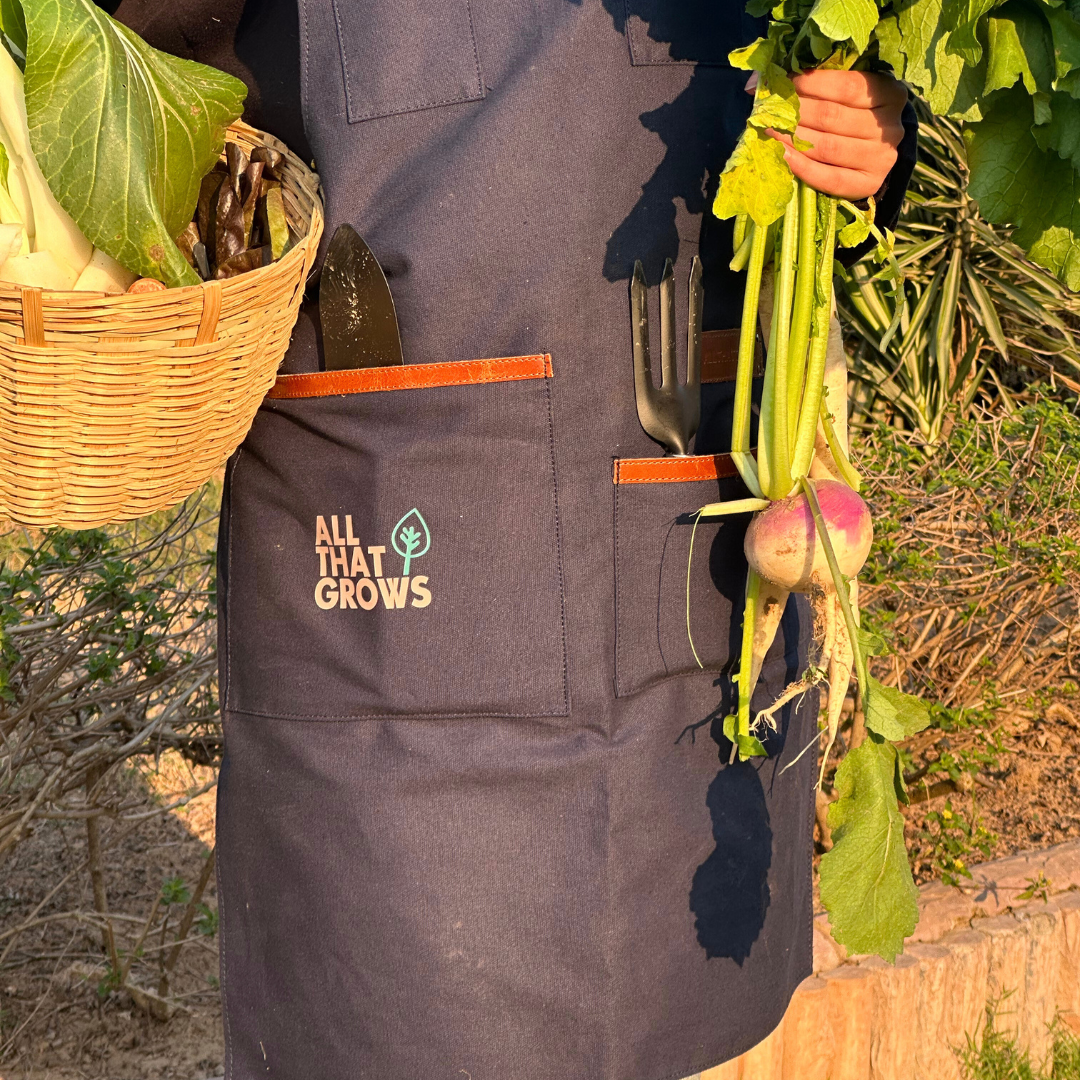
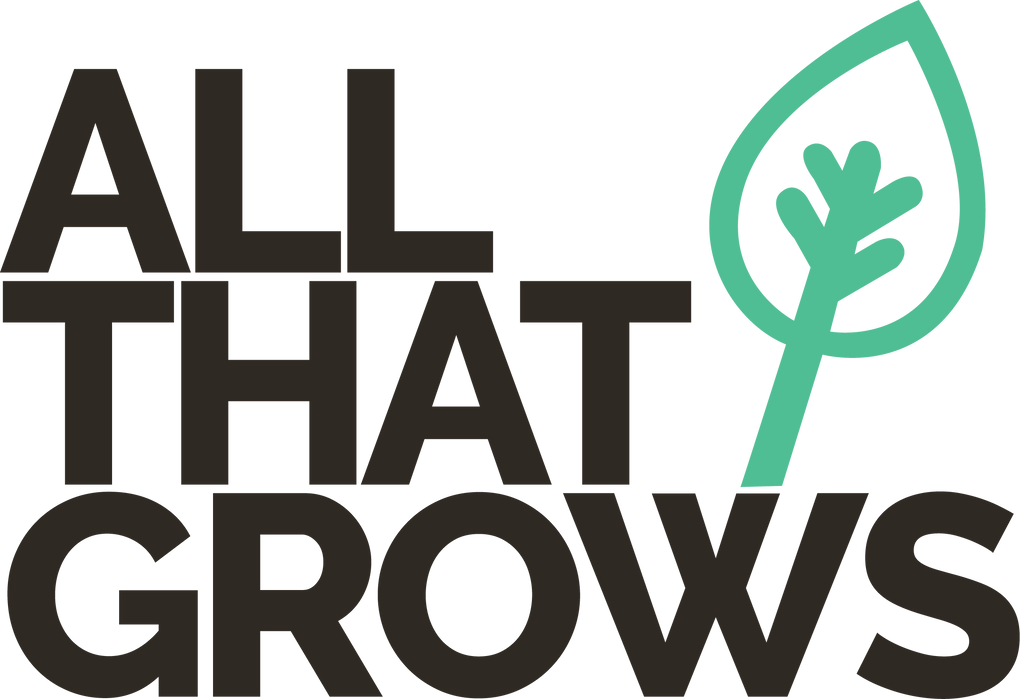
Leave a comment